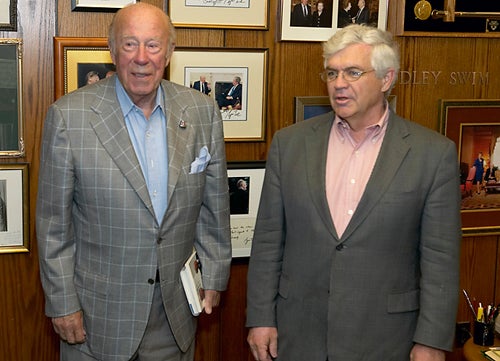
The causes of the financial crisis and its impact on the economy. Getting the narrative right is essential for determining the appropriate public policy solutions. There are many questions to address. What was the role of government policy versus the market? Why did the crisis spread to some markets and not others? Why were some countries more resilient than others after the financial shock?
Estimating the impact of discretionary fiscal stimulus packages. Modern economic models show a smaller impact than traditional Keynesian models. By directly examining data from stimulus programs in the United States and other countries, the need to rely on one specific model versus others is reduced, but how much do the results depend on monetary policy?
How to end government bailouts and resolve large complex financial institutions? The “resolution project” sponsored by the Working Group is examining rules-based alternatives to discretionary liquidation authority—including bankruptcy reforms—in order to reduce the bailout mentality.
Extraordinary monetary actions and how to exit from them. Policy responses to the financial crisis included an unprecedented series of new Federal Reserve programs. How well did these programs work before, during, and after the panic of 2008? What is their legacy and impact on monetary policy in the future?
The sovereign debt crisis and large unfunded liabilities. Federal debt and government spending are rising rapidly as a share of GDP. What is the best way to deal with this serious problem? Experience from U.S. history as well as international comparisons can provide valuable guidance for policy makers on this question.
How to deal with Fannie and Freddie going forward? Clearly one cause of the housing boom-bust and now under government conservatorship, these institutions need to be reformed in one way or another, including possible break up and privatization.







